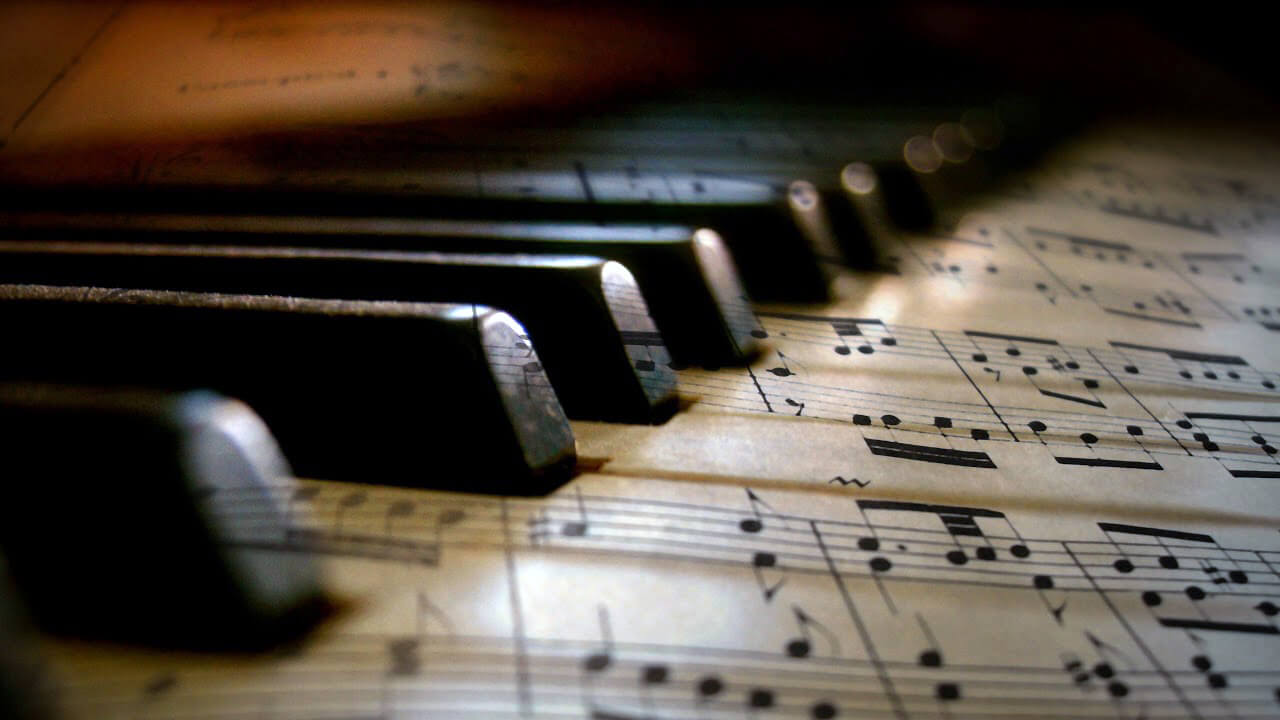
There is electricity in the air tonight. All eyes are on you, but your eyes are closed as you look inward taking a deep, calm life-giving breath. And as you exhale, your eyes open and you embrace the palpable suspense of the audience sitting on the edge of their seats in anticipation of the first note you are about to play.
The performance begins not – as many wrongly believe – with the first note but in that powerful moment as your hand leaves your lap on its graceful, suspenseful journey towards the piano keyboard to play the first note.
It’s just a single moment, but it has the power to make or break a performance.
And, as your finger, hand and arm sink into that first note, if you’ve done it right, the audience gasps a sigh of relief, their suspense alleviated as you transport them on a journey to great beauty they were never expecting to take — but so very much want to go on.
Believe it or not, I once had a three-hour lesson on nothing else but how to do this.
The piece was 'Oiseaux Tristes' by Ravel, and the lesson was not on how to play the piece, or even how to play the first note.
It was solely on how to move my right hand from my lap (my starting position) to the first note of the piece in such a way that would take the audience on a journey before the first sound was even made. This is the true beginning of every performance.
This experience is just one example of the very many ways in which learning how to play piano has enriched my life, and how it develops extremely heightened awareness of both of oneself and others (such as your audience).
As you progress on your piano lessons journey, many such life-changing discoveries await you.
On your journey towards discovering the Zen aspects of learning and playing piano, an excellent place to start is your posture at the piano.
While posture might seem like a basic notion, good posture is anything but.
Correct posture facilitates proper breathing, alertness, focus, concentration, good health, and so much more. Bad posture causes the opposite.
Slouching, for example, leads to frequent loss of concentration and focus, sugar cravings, stiffness and pain in your back, neck and limbs, lack of awareness generally, and poor piano technique.
Monitoring and where possible improving your posture is a lifelong endeavour, but one well worth undertaking and making a habit.
On your path to hopefully becoming a great pianist, I suggest starting with the basics as covered in this video on piano posture.
Then, to take your posture and awareness to the next level, you may wish to learn more about Alexander Technique (google it if you'd like to learn more).
Not many non-musicians know this, but a great many musicians and performers all over the world — pianists, violinists, singers and actors — use the Alexander Technique (which originated in Australa) to help improve their posture and perform at their best.
My own piano professor at the Royal Irish Academy of Music was an ardent fan and master of this technique which teaches you not only how to sit correctly but also how to correctly stand, walk and much more.
So just to recap, I recommend starting with the above piano posture video and, down the line, if you'd like to learn more advanced posture and movement technques, the Alexander Technque is a helpful approach that you may enjoy.
Lastly, if you would like to start learning piano yourself, I highly recommend the Musiah course of piano lessons.
Discalimer: Granted, as the program's inventor, I may be a little biased, but Musiah truly is a highly effective way to learn piano.
Why not see for yourelf... start learning piano now with our 14 Day Free Trial.
Til next time,
Brendan Hogan L.Mus.A, A.Mus.A.
Piano Teacher & Musiah Inventor
Online Piano lessons – Do They Work?
Piano Lessons For Adults
Piano Lessons For Kids
Piano Lessons For Beginners
Advanced Piano Lessons
Free Piano Lessons (on piano technique)
The Best Piano Method
The Best Piano Learning App
Learning To Play Piano As An Adult – Why it's easier than you think!